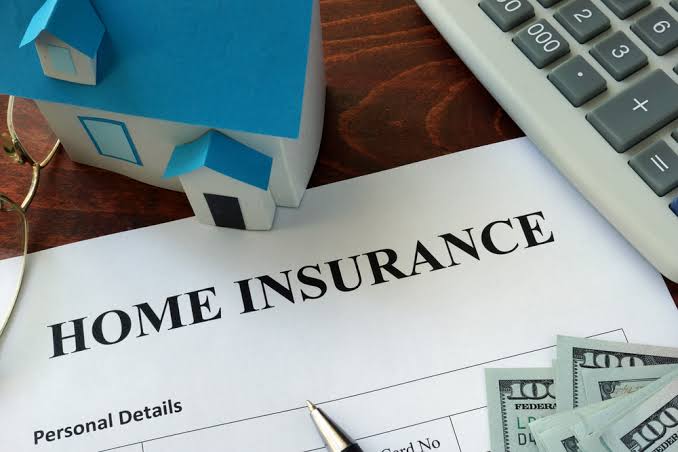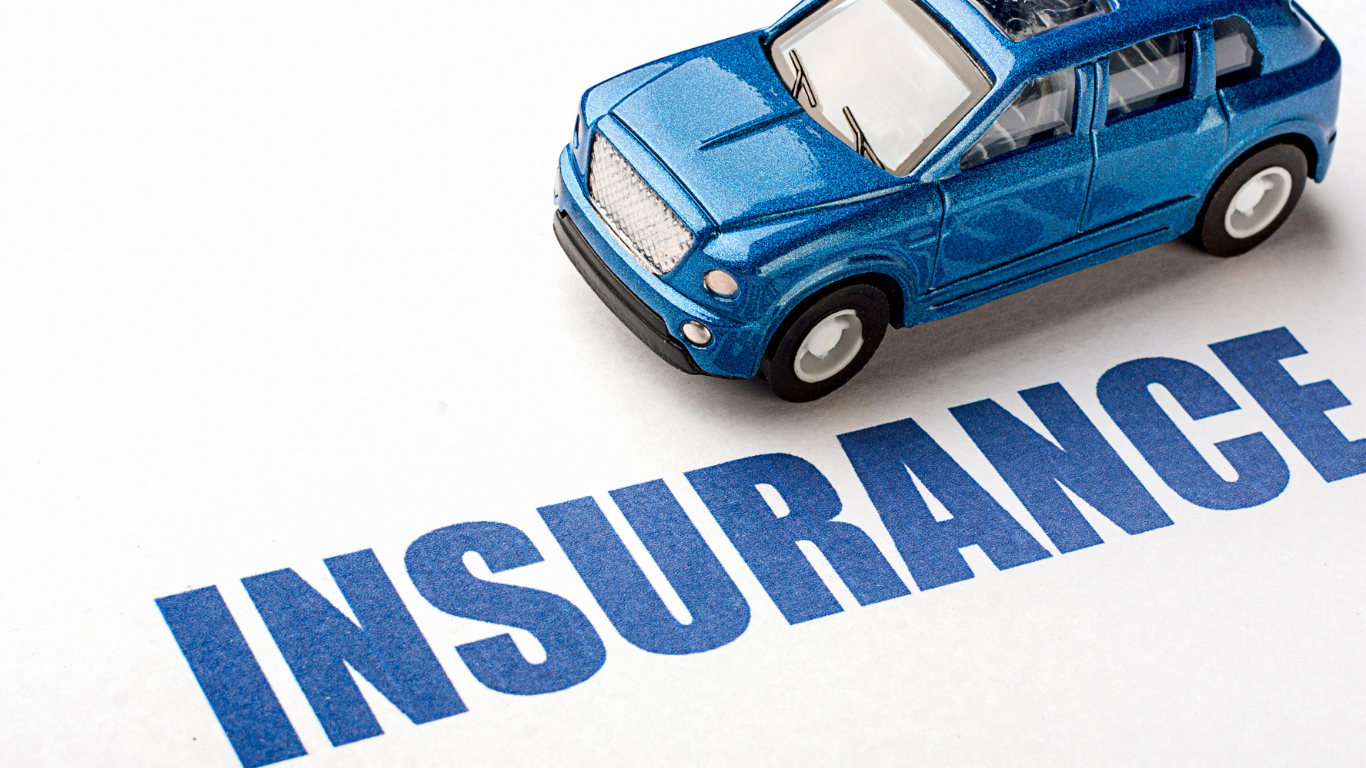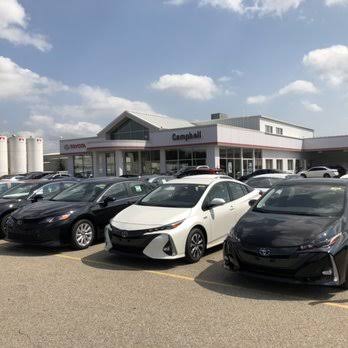What You Might Be Getting Wrong About Your Homeowners Insurance
You were able to secure financing, receive lender approval, and locate a seller who would work with you to purchase a home. And while you successfully completed the homeowners insurance sign-up procedure, it doesn’t follow that you are now an authority on the details of your policy.
A contract between you and your insurance provider that covers you in a variety of circumstances is known as homeowners insurance. If your home becomes uninhabitable as a result of a covered loss, your policy also pays temporary supplemental living expenditures.
Beyond these fundamental truths, insurance can be complicated, and you’re not the only one who has concerns about it.
Smart homeowners like you frequently give us the same complaints, which we hear again and over again. So we asked our go-to experts, the people of Team Lemonade, to explain the most frequently misunderstood elements of a homeowners insurance policy.
Below is what we discovered.
There is no such thing as retroactive coverage.
Your policy will cover the damage if a thunderstorm sends a beloved tree on your property crashing through your bedroom window. But what if you get a policy after that incident, hoping it will be helpful? No luck.
The good news is that you can avoid such an accident by being a proactive homeowner and taking measures to reduce the risk of tree damage to your property.
That may sound apparent, but keep in mind: Only losses that occur after the insurance’s start date are covered by your policy. It means you can’t acquire one after something happens; you must have a policy in place in advance, specifically for these kinds of circumstances.
Only if it was brought on by a covered risk are you protected.
For case something horrible happens, there are a few different kinds of coverage possibilities. Most homeowners have what is known as a “open perils policy” when it comes to Dwelling Coverage (Coverage A) and Other Structures (Coverage B).
This merely indicates that anything is covered unless it is specifically excluded in your policy. Very cool, no? Hence, Coverage A would apply if a freak accident resulted in damage to the roof of your home. As long as whatever caused the damage isn’t expressly prohibited in your policy, you would also be covered (under “Other Structures,” Coverage B) if some other unplanned incident tore apart a fence on your property.
The alternative to “open dangers” is “named perils,” which refers to a list of 16 particular perils that are insured by your insurer. These forms of risks include fire, explosions, smoke, and thievery. If something isn’t clearly specified as a covered risk, it isn’t covered.
Your HO3 policy covers defined risks for the actual property you own, like as furniture, electronics, or a record collection (Coverage C).
How does this function in real life? You can be left with hundreds of dollars’ worth of food spoiling if a tiny kitchen fire kills everything hooked into your socket since your fridge won’t function. The good news is that since fire is a risk specifically included in your policy, you are insured!
What happens if your refrigerator malfunctions without being caused by a covered hazard? You’re out of luck, I’m sorry. Your homeowners policy won’t cover an appliance that merely malfunctions or breaks down because it isn’t a peril (although it could be worthwhile to check with the manufacturer to see if you’re covered under their warranty).
But, you can purchase Equipment Breakdown Coverage if you want to add on additional precautions (EBC). This endorsement, often known as “Appliance Coverage,” is meant to supplement and improve your homeowners insurance by offering coverage for a variety of additional forms of damage. Hence, EBC may offer up to $100,000 in coverage for practically any household equipment in the event of a mechanical or electrical failure.
The same way you should check the oil in your automobile on a regular basis, you should check the plumbing and appliances to make sure they’re in good operating order.
Lack of Usage
In addition to covering damage to your belongings, homeowner’s insurance also provides reimbursements for interim living expenses in the event that a covered loss forces you to vacate your house while repairs are being made. To the rescue, Homeowners Insurance!
So, you are covered if a kitchen fire forces you to temporarily leave your house. (But, if you’re claiming loss of use as a result of your neighbors’ excessive partying, we’re unable to assist you because “proximity to awful dance music” is not covered by any policy. Sorry.)
No advantage to the bailee
Sorry, what? A person or business that is temporarily in possession of anything you own is referred to as a “bailee” in fancy language. In other words, you still own the property, but someone else is currently in responsibility of keeping it secure.
“No benefit to bailee” indicates that your insurance won’t pay for losses that occur while your belongings are in the care of a third party, such as an airline or moving company.
Thus you won’t be able to file a claim with your insurance company if your iPad is destroyed or stolen while being loaded into the moving truck. The good news is that moving companies and airlines typically have their own insurance coverage that will cover losses to your stuff while it is in their possession.
There is no coverage for earthquakes or floods. Here is the unvarnished reality about earthquake and flood insurance: Your homeowners policy does not cover it. You can get it from a carrier that specializes in those particular coverages as an add-on to your policy in most states.
Earthquakes, landslides, and virtually any type of damage that results directly from earth movement are not covered by your standard homeowners insurance policy. Depending on where you reside and the design of your home, you might not require it. Just 13% of Californians buy earthquake insurance, despite the fact that the state’s insurance regulators require insurance companies to offer an add-on.
It also depends on where you live how much flood insurance you need If flood insurance is mandated by law in your state, FEMA can inform you of this.
Your deductible must be paid out-of-pocket.
When you buy an insurance policy, you can choose a deductible that will be deducted from any future claim settlements.
Consider a deductible as your contribution to the loss or damage. You’re saying, “My insurance company will pay the remaining X dollars toward any claim on future losses or damages.”
You will be required to select a deductible when purchasing a homeowners insurance policy. They normally vary from $1,000 to $2,500 for a homeowners policy. Your contribution (the amount deducted from a claim) in the event that something occurs to your belongings is what you are deciding here.
If you submit a claim, here is how it operates:
1. When you purchased your policy, you selected a $1,000 deductible.
2. You later make a claim for a stolen $4,000 couch.
3. If the claim is accepted, your insurer will reimburse you $3,000 ($4,000 less your $1,000 deductible).
4. Keep in mind that this deductible is per claim, not an annual one that you must satisfy.
The obvious follow-up question to this deductible stuff is: If you’re already paying a monthly premium, why do you still have to participate in the claim? Deductibles are in place to encourage you to take a little more care with your possessions and to keep policy premiums affordable for everyone.
So when your claim is approved but you notice there’s $1,000 “missing,” remember, that’s your contribution. The insurance provider pays the remaining costs after you pay the deductible.



